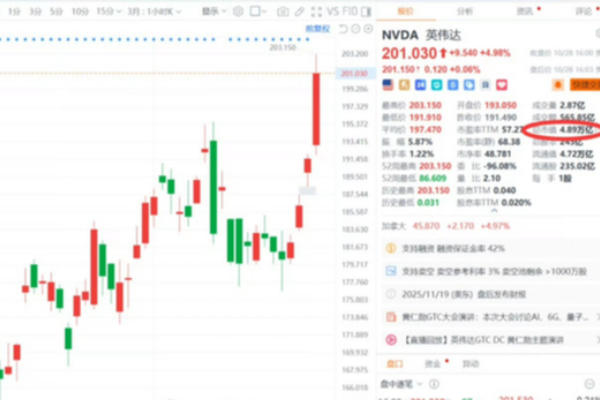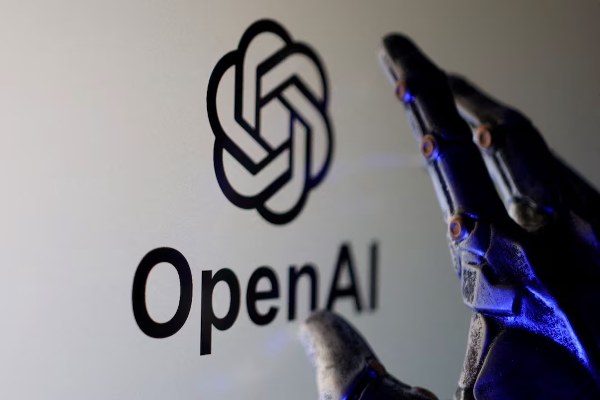Vitalik: Scaling solutions need to prove security before decentralization

Ethereum co-founder Vitalik Buterin explains when Layer-2 platforms based on scaling solutions should be decentralized and why "sooner, the better" is not the right answer.
In a May 5 X-Platform post, Vitalik said there is an appropriate time for scaling solutions based on scaling solutions to transition to a decentralized model. This timing depends on the comparison between the probability of failure of the proof system and the risk of centralization.
The discussion stems from a related post by Daniel Wang, founder and CEO of decentralized exchange (DEX) Loopring. In his post, Wang pointed out that the maturity of the system is crucial to its security: "Not all code is equal. Scaling solutions may have reached Phase 2, but they are running new code that has never been stress-tested in the real world."
Scaling solutions are developed in three phases: Phase 0, Phase 1, and Phase 2. The degree of decentralization increases gradually in each phase, and Phase 2 achieves full decentralization and trustlessness.
Tested code
Cryptocurrency systems that manage large amounts of assets are under threat from profit-motivated malicious actors around the world. Even if a project doesn’t have a bug bounty program, it will be scrutinized in detail — and may have to pay a higher price for the bug.
This threat is growing as state-sponsored malicious actors increase their cryptocurrency activities. One example is the Lazarus hacker group, which is responsible for several major hacks in the cryptocurrency space, including the $1.4 billion Bybit hack.
Wang suggested introducing a new metric for old code that has withstood the test of highly motivated advanced hackers and hacker groups: "Battle Tested." To obtain this certification, the expansion plan needs to stably protect at least $100 million in assets for six consecutive months, of which at least $50 million is Ethereum (ETH) and major stablecoins.
In addition, this certification will be lost after each update, and the new code needs to survive the fierce attack of attackers to regain certification. Vitalik commented on this analysis: "This is a good reminder that Phase 2 is not the only consideration for security: the quality of the underlying proof system is equally important."
"To transition responsibly from Phase 1 to Phase 2, scaling teams must take a deep look at risks such as weaknesses in shared hosting or geopolitical bottlenecks that could affect the reliability of the multi-signature security committee," said Dominick John, an analyst at Kronos Research. He pointed out that such risks often go unnoticed until the value locked exceeds $100 million. He added: "The real green light for decentralization is not that the proof system looks good in theory, but that it proves itself more reliable under actual economic pressure than the possible coordinated failure between council members."
When to achieve decentralization?
Vitalik said that the best time for a protocol to achieve decentralization is when its on-chain proof system is secure enough that centralized components or collusion risks as failure points become a greater threat. This is because before the system is proven to be secure enough, decentralization that increases dependence on the system may make the system less secure.
Mike Tiutin, CTO of decentralized compliance protocol PureFi, said that "decentralizing too early could put users at risk."
"Decentralization is not a race, but a long-term responsibility shared by the entire ecosystem," said Dominick John, an analyst at Kronos Research. He added that rushing into Phase 2 prioritizes ideology over security and increases risk: "In Phase 1, the council can step in when something goes wrong in the system. In Phase 2, a single vulnerability could result in billions of dollars in losses with no way to roll back."
While decentralizing immediately is seen as problematic, some experts have also highlighted the problems of never decentralizing. Arthur Breitman, co-founder of the Tezos blockchain, said that "mainstream Ethereum Layer-2 is essentially custodial," adding: "Privileged entities control core logic and jeopardize asset integrity; relying on them not to collude is fragile, and failure is likely to have a chain reaction."
Yishay Harel, CEO and co-founder of Dymension, a blockchain centered on scaling solutions, emphasized that "Ethereum was not originally designed to handle scaling solutions." This leads to some trade-offs:
"Decentralization progresses too quickly and may destroy critical systems; progressing too slowly is actually still in a custodial state, managed by multi-signature and upgrade keys."
Harel said that while Vitalik's idea of gradually achieving decentralization as the system matures is "wise," it also highlights a problem - the underlying architecture was not originally designed for a sovereign execution environment.









